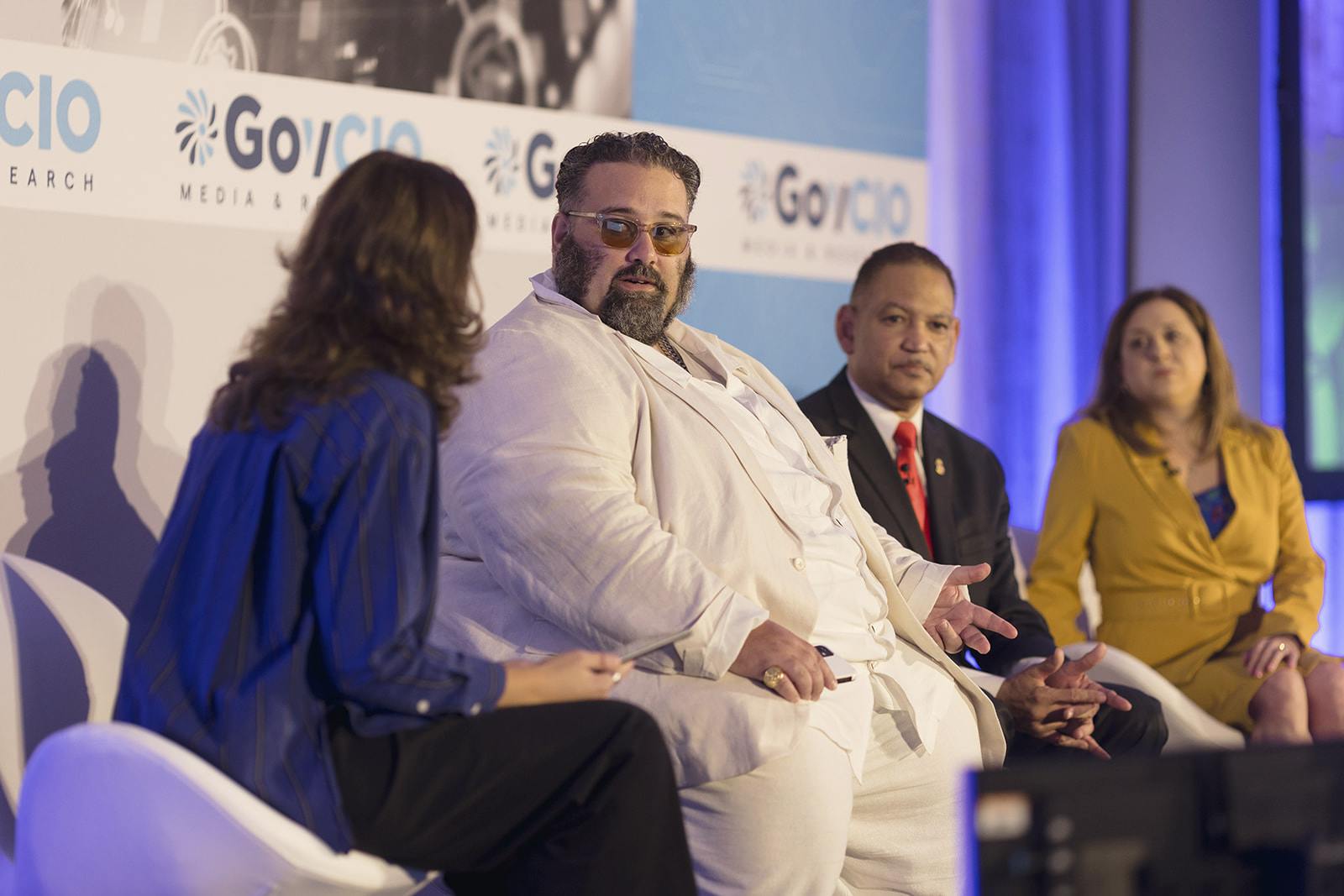AI is Streamlining Federal Procurement Strategies

Artificial intelligence is proving to be an integral technology for improving federal procurement and reducing workforce burdens.
“Procurement really is a critical enabler for any organization to meet its mission,” said Shanna Webbers, Internal Revenue Service’s chief procurement officer, during GovernmentCIO Media & Research’s AI Gov: Data Insights virtual event.
Historically, government’s culture has emphasized compliance and manual processes that have prevented innovation, making it difficult to meet increasing workloads as technology advances. The IRS is one agency leveraging AI to improve these workflows and expedite processes across its procurement arm, Webbers said.
Using AI in the acquisition process should fall under three goals: automate, optimize and enhance.
“I like to refer to it as a shift from tactical to strategic, allowing your workforce to do more with less, and freeing up time for more strategic and complex tasks,” said Mike Cook, general manager at Icertis, said in outlining those goals. “With AI, intelligent automation can be a big enabler for agencies to better deliver on their mission with that laser focus on outcomes.”
Over the past few years, the Department of Homeland Security has improved its Contractor Performance Assessment Reporting System (CPARS) system, which agencies use in their contract award decisions to measure quality and timely reporting of contractors’ performance.
Traditionally, contracting officers have heavily relied on written proposals to select the team or the best vendor on a contract. With over 1 million records for tens of thousands of vendors in CPARS, accessing that data can become difficult to manage, said Scott Simpson, digital transformation lead of DHS’ Procurement Innovation Lab. Simpson explained how the agency is applying AI tools to the system to allow contracting officials to more easily search for information.
“We don’t want the system to make decisions on behalf of the contracting officer … we are augmenting their decision-making process by helping use AI, like natural language processing, to surface the most relevant reports and evaluations to the top,” Simpson said.
Simpson said the agency has incorporated nine other agencies for access to the tool.
Webber noted that the IRS leverages the same process. The one-time build method will bolster consistency and ensure that agencies have access to the best products on the market that meet specific requirements.
“Allowing us to have consistency across the federal government frees up others to create new tools that then can also be leveraged. That multiplying capability is what’s really going to be game changing for the acquisition community,” Webber said.
AI and predictive analytics would provide contracting officers with the ability to data-mine billions of contract transaction records to compare past experience, complexity and performance, Webber said.
IRS has also focused on workforce development, having partnered with academia and small businesses to create tailored data analytics and procurement curriculum for the contracting workforce. This training will create a “data literate” organization that can understand technologies’ output, assimilate information and drive better decision-making.
“It’s really important that we recognize that not everybody will be the same, and we don’t need the same skill sets, but we do need a baseline and a foundation of understanding of how to utilize and leverage outcomes from these very powerful tools that are providing us with information,” Webber said.
IRS integrated an “intelligent risk taking” approach, where teams identify and understand risks, then move forward by integrating new tools. With robotic processing automation, for example, Webber’s team was able to complete a year’s worth of work in three days.
Moving forward, Simpson projects that AI will change market research by plugging in a few key words, or machine read solicitations to provide new vendor and product insights “that take us into the 21st century of procurement,” he said.
As the government continues to adopt emerging technologies, Cook noted that there will be increased focus on ethical developments of AI and automation.
“When we’re looking at fair and open competition, how do you continue to monitor and make sure that your algorithm is fair, impartial, transparent and explainable? From a security standpoint, we also have to make sure that it’s secure and has that ongoing monitoring,” Cook said.
“By allowing these learning algorithms to strategically predict when these key events will occur is going to be huge for us,” Webber said.
This is a carousel with manually rotating slides. Use Next and Previous buttons to navigate or jump to a slide with the slide dots
-

Pentagon's $200M AI Contracts Signal Broader Effort to Transform Talent
The Army is leveraging Silicon Valley, reservist programs and new hiring strategies to integrate critical digital skills in its ranks.
5m read -

AI Foundations Driving Government Efficiency
Federal agencies are modernizing systems, managing risk and building trust to scale responsible AI and drive government efficiency.
43m watch -

Agencies Tackle Infrastructure Challenges to Drive AI Adoption
Federal agencies are rethinking data strategies and IT modernization to drive mission impact and operational efficiency as new presidential directives guide next steps.
5m read Partner Content -

Generative AI Demands Federal Workforce Readiness, Officials Say
NASA and DOI outline new generative AI use cases and stress that successful AI adoption depends on strong change management.
6m read -

The Next AI Wave Requires Stronger Cyber Defenses, Data Management
IT officials warn of new vulnerabilities posed by AI as agencies continue to leverage the tech to boost operational efficiency.
5m read -

Federal CIOs Push for ROI-Focused Modernization to Advance Mission Goals
CIOs focus on return on investment, data governance and application modernization to drive mission outcomes as agencies adopt new tech tools.
4m read -

Fed Efficiency Drive Includes Code-Sharing Law, Metahumans
By reusing existing code instead of rewriting it, agencies could dramatically cut costs under the soon-to-be-enacted SHARE IT Act.
5m read -

Agencies Push Data-Driven Acquisition Reforms to Boost Efficiency
New initiatives aim to increase visibility of agency spending, improve data quality and create avenues to deploy solutions across government.
5m read -

Data Transparency Essential to Government Reform, Rep. Sessions Says
Co-Chair of the Congressional DOGE Caucus Rep. Pete Sessions calls for data sharing and partnerships to reduce waste and improve efficiency.
5m read -

Navy Memo Maps Tech Priorities for the Future Fight
Acting CTO’s memo outlines critical investment areas, from AI and quantum to cyber and space, as part of an accelerated modernization push.
5m read -

DOD Can No Longer Assume Superiority in Digital Warfare, Officials Warn
The DOD must make concerted efforts to address cyber vulnerabilities to maintain the tactical edge, military leaders said at HammerCon 2025.
4m read -

New NSF Program Cultivates the Future of NextG Networks
The agency’s new VINES program looks to tackle key challenges like energy efficiency and future-proofing wireless tech.
21m watch
















